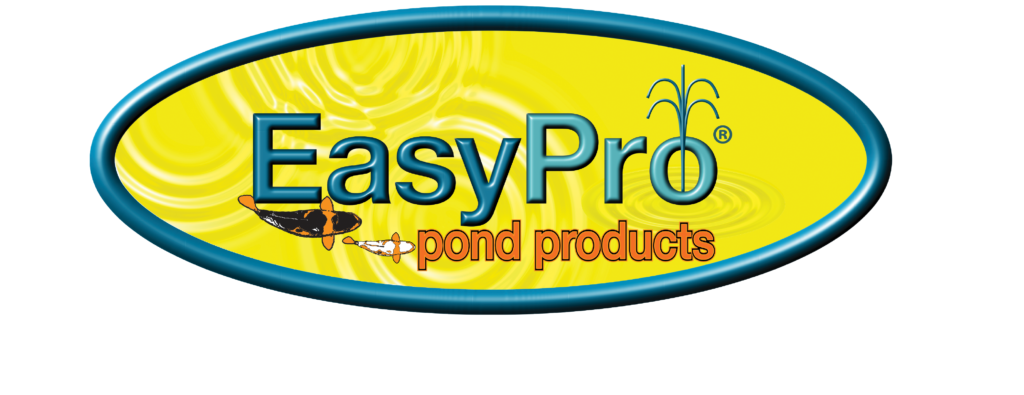1.0 Description
The PFM4 nonwoven material is constructed of polyester fibers in a textured nonwoven fabrication.
2.0 Properties
| PROPERTY | VALUE |
| Thickness – mm (a) | 34 |
| Weight – oz./yd.² (b) | 24 |
| Fiber type | 100% recycled polyester |
| Binder system | Cross-linkable water-based latex |
| Binder Application | Spray/thermal bond |
| Color | Cream |
| Surface area sq. ft./cubic ft. of matrix | 97 |
| Volumetric displacement (ml/cu. ft.) (d) | 275 |
| % of open space volume | 99 |
| Toxicity testing | Passed |
| Primary usage | Biological and mechanical filtration |
| Packaging | Rolls |
Note: Due to the intrinsic properties of the
material and variable conditions of use, there
may be slight variations in the specifications
and results.
3.0 Use
This material is used primarily as a component for biological and mechanical filtration units for ponds.
4.0 Construction
100% of the polyester fiber in the PFM4 nonwoven material comes from post-consumer and industrial recycled waste. The primary source of this material is recycled water and soda bottles. Only water-based latex resins are used in the manufacturing process. No phenol-formaldehyde resins are used in the binding process.
5.0 “Green” Initiative
a. Polyester fiber used in the material comes from 100% post-consumer and industrial recycled waste product.
b. Water-based latex resins are used in the manufacturing process. No phenol-formaldehyde resins are used in the binding process.
c. Plant is operating under an EPA-approved clean air permit.
6.0 Product Care
To prolong the life of the PFM4 material, it is recommended that the product be stored indoors or wrapped in UV-resistant packaging if stored outdoors.
7.0 Sizes
28″ wide x 40 linear yards(a) Thickness Tolerance:
- ±10%
- Test method TM-005. Thickness values are obtained using a 6¾” x 6¾” material sample placed in a calibrated high-loft meter.
- No other measuring techniques will be considered in determining thickness unless comparable testing methods are agreed upon.
(b) Weight Tolerance:
- ±10%
(c) Color Variation:
- ±5% visual based on appearance standard
(d) Volumetric Displacement:
A method of measurement that involves immersing a specified volume of material under water and measuring the amount of water displaced into a graduated reservoir from an overflow tube. This method gives an accurate representation of surface area in the material by taking into account the expanded surface area of the fiber from binder and binder globules at fiber crossover points.
